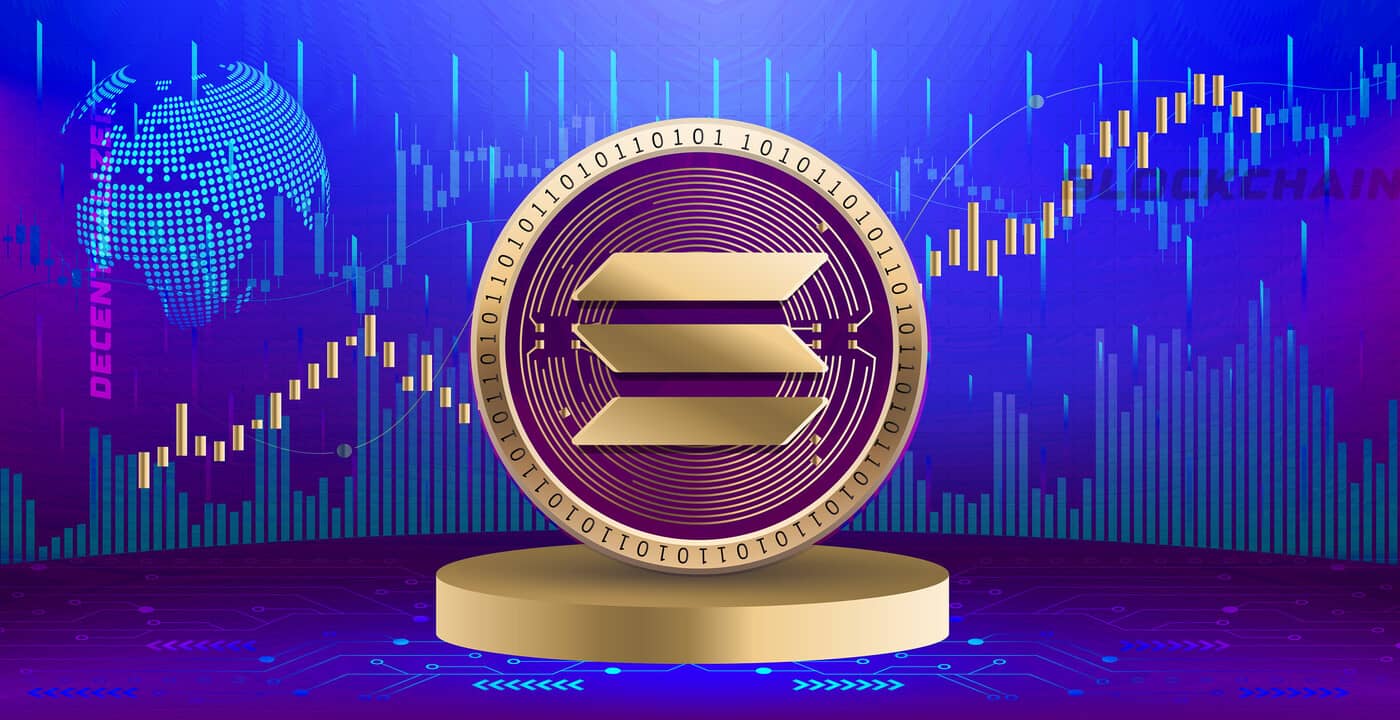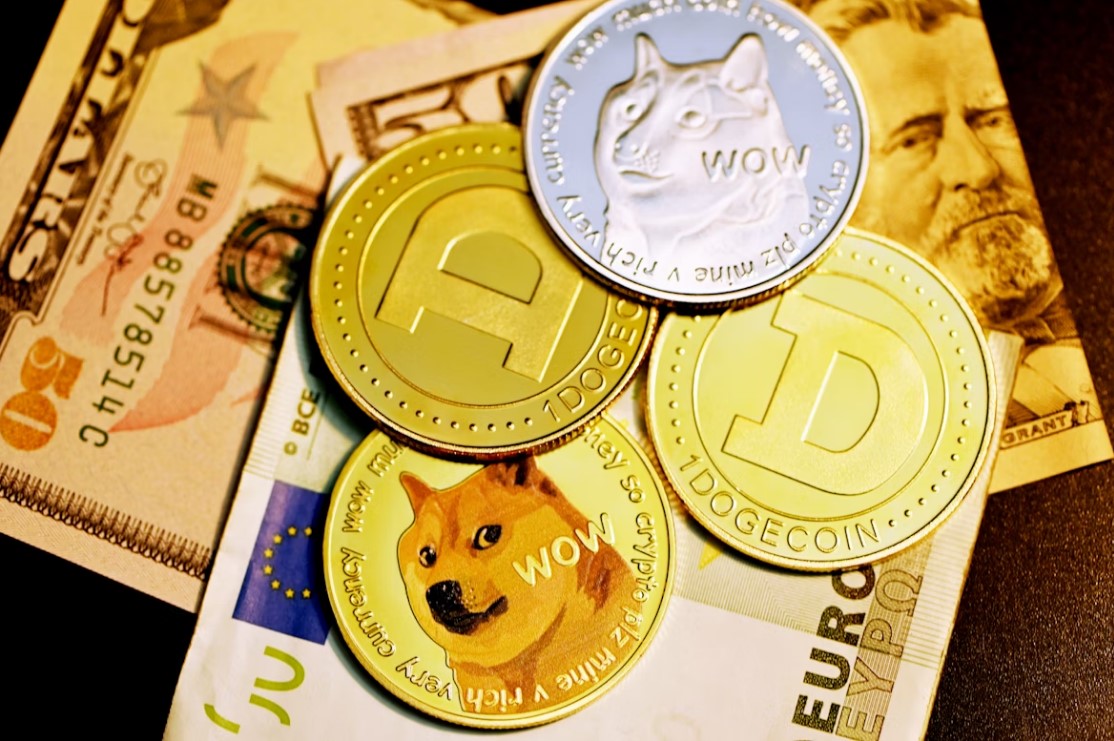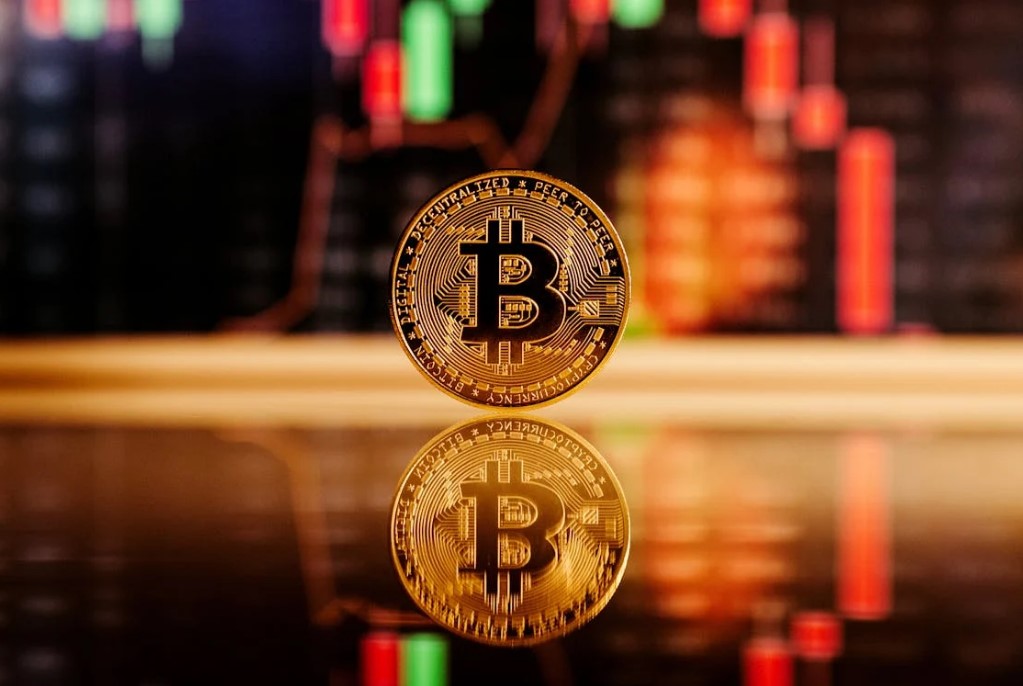Solana Co-founder Talks About Blockchain Reliability And Outage Issues

Solana is a public, open-source blockchain with smart contract functionality. Its rapid growth has helped it compete with other major blockchains, including Cardano and Ethereum. Since its launch in 2017, Solana has become one of the largest cryptocurrencies in the world and is known for its efficiency and speed.
Blockchain experienced ten partial or complete shutdowns and slow block times occurred in 2022. Solana co-founder Anatoly Yakovenko said this is not the experience we are trying to offer.
The network has experienced reliability issues and outages in the previous year. However, while highlighting the issue at the Breakpoint 2022 annual conference in Lisbon, Portugal, on November 5, Yakovenko assured users that the latest update would help to overcome the loss of reliability. He said:
We’ve had a lot of challenges over the last year, I would say this whole last year has been all about reliability.
The co-founder addressed concerns about recurring outages on the SOL blockchain. According to its own condition report, Solana faced ten partial or complete outages, the most significant of which happened between January 6 and 12, 2022. Between 8 and 18 hours, the network was plagued with partial outages and performance degradation. The last was the so-called “major outage” on October 1, which lasted nearly six and a half hours.
Solana experienced a critical ‘clock drift’ of 30 on May 26, where the blockchain time was slower than the world time because it was longer than normal slot times (also called block times). The block time is the time it takes for a validator to send a block to the SOL chain.
Generally, the ideal slot time is 400 milliseconds. But, according to Yakovenko, the siege in June went horribly wrong. The block time ranged from more than one second, causing a slower pace for the SOL. The co-founder noted that block confirmation times sometimes increased from 15 seconds to 20 seconds:”
That’s not the experience that we want to deliver, and that’s a pretty bad Web2 experience when you’re competing with Google with Facebook with all these other applications.
He elaborated on how the network has gone about solving its operational problems. He cited the recent update and the doubling of the number of validators over the past year as having played a role.
[We’re] in a constant fight between performance, security, throughput, and decentralisation, all of these problems […] whenever you improve one you may actually hurt some of the other ones but I think we’ve done an amazing job in solving a bunch of those.
In addition, he said that there are still problems with outages and bugs. But its August collaboration with Web3 development company Jump Crypto to build Solana’s scalable solution, called Firedancer, is being touted as a long-term solution to network outages.
Crypto analyst Crispus Nyaga reviewed Solana’s price chart and identified a strong downtrend. Solana’s price fell below two key price levels: $35.45 and $34.37. Solana’s price has fallen below the 50-day Simple Moving Average, while the Relative Strength Index has declined to neutral.
These signs show a continuation of Solana’s downward trend. Nyaga pointed out that weekend buyers’ gains and the decline in the crypto market contributed to the depressed mood among Solana holders overall.
Related Reading | Get Ahead of the Curve: The Top 5 Bitcoin Hardware Wallets of 2022








